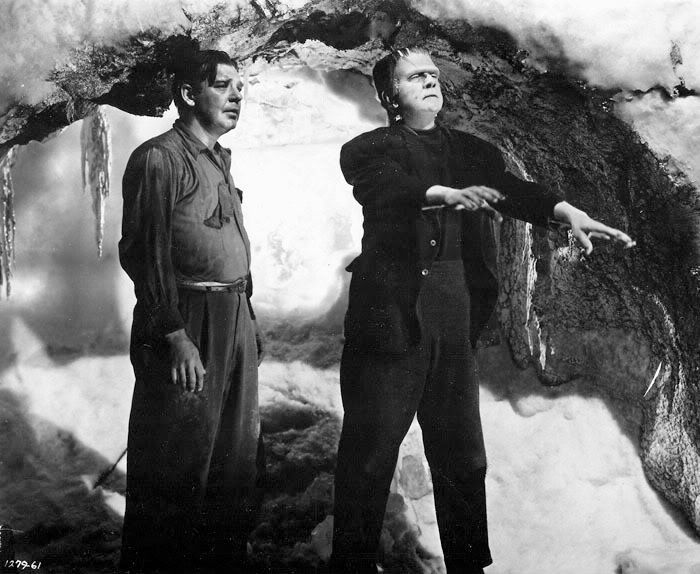So with that in mind I begun animating my character. I was actually amazed at how quickly I was able to pick up the animation process. The great thing about Maya is all I have to do is drag my character into a certain pose, hit 'S' on every joint control and move all the joints to the next key frame pose, hit 'S' again and then Maya fills in the gaps creating smooth movement. I've really enjoyed this phase as it's allowed me to see my character coming to life. That being said, I have made a lot of mistakes with the process, most commonly, missing out joint controls I was supposed to press 'S' on and then the whole joint looking weird in the next pose.
The animation starts out with my character falling from the sky and literally springing into life. The idea is he has literally just come alive so in the first few seconds he can only shuffle around on the floor before standing up to take his first steps as an animated character which of course will be a bit shaky. It's a really nice irony because as my character is learning to walk, I'm learning how to animate him walking. All the movement he performs is movement he is learning at the same time as I am learning how to animate it. That is why as you watch the animation back his movements flow better and he looks generally smoother as the animation goes on because I am picking the animating skills.
The first scene involves the character falling from the sky and landing on the grid. It was essential that their is a slight bounce to when he hits the floor to give him that physicality of what I have often referred to the character as being 'like a bag of dough'. The challenge here and throughout the animating process was timing. Luckily I had learnt the skills of secondary motion in the first year of the animation course when we had to animate a rubber ball falling and hitting the floor and these were important skills I could apply to this process. Of course there are many differences to animating with traditional 2D animation to animating with 3D CGI animation. But I was amazed at just how many of the skills I could apply to animating with Maya that I had learnt just from animating with hand drawn 2D animation.
In the end the motion of the character falling and bouncing looked pretty smooth in my eyes. And I was able to render this whole first scene out on Maya to test and see how the animation was looking at this stage.






























